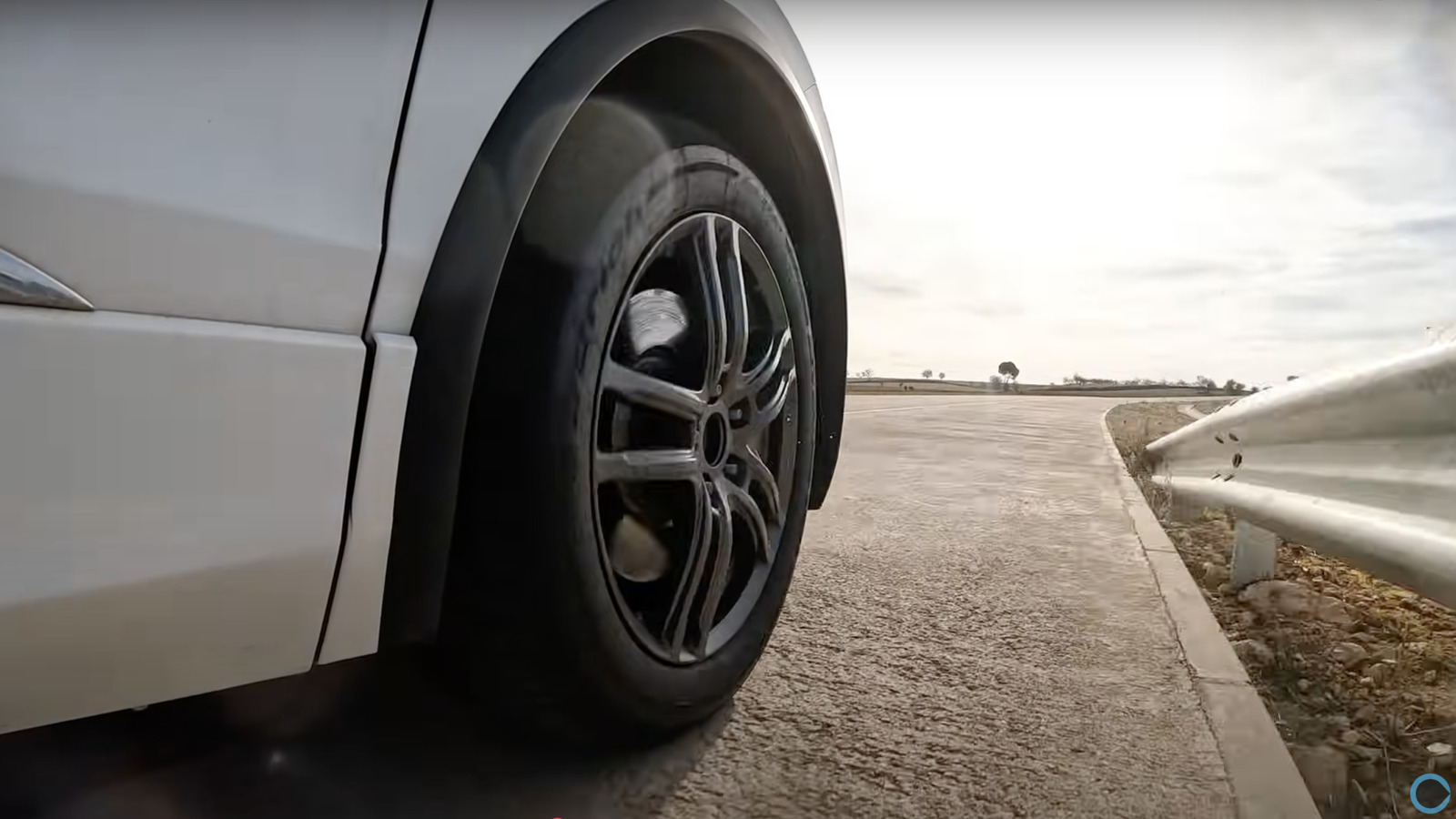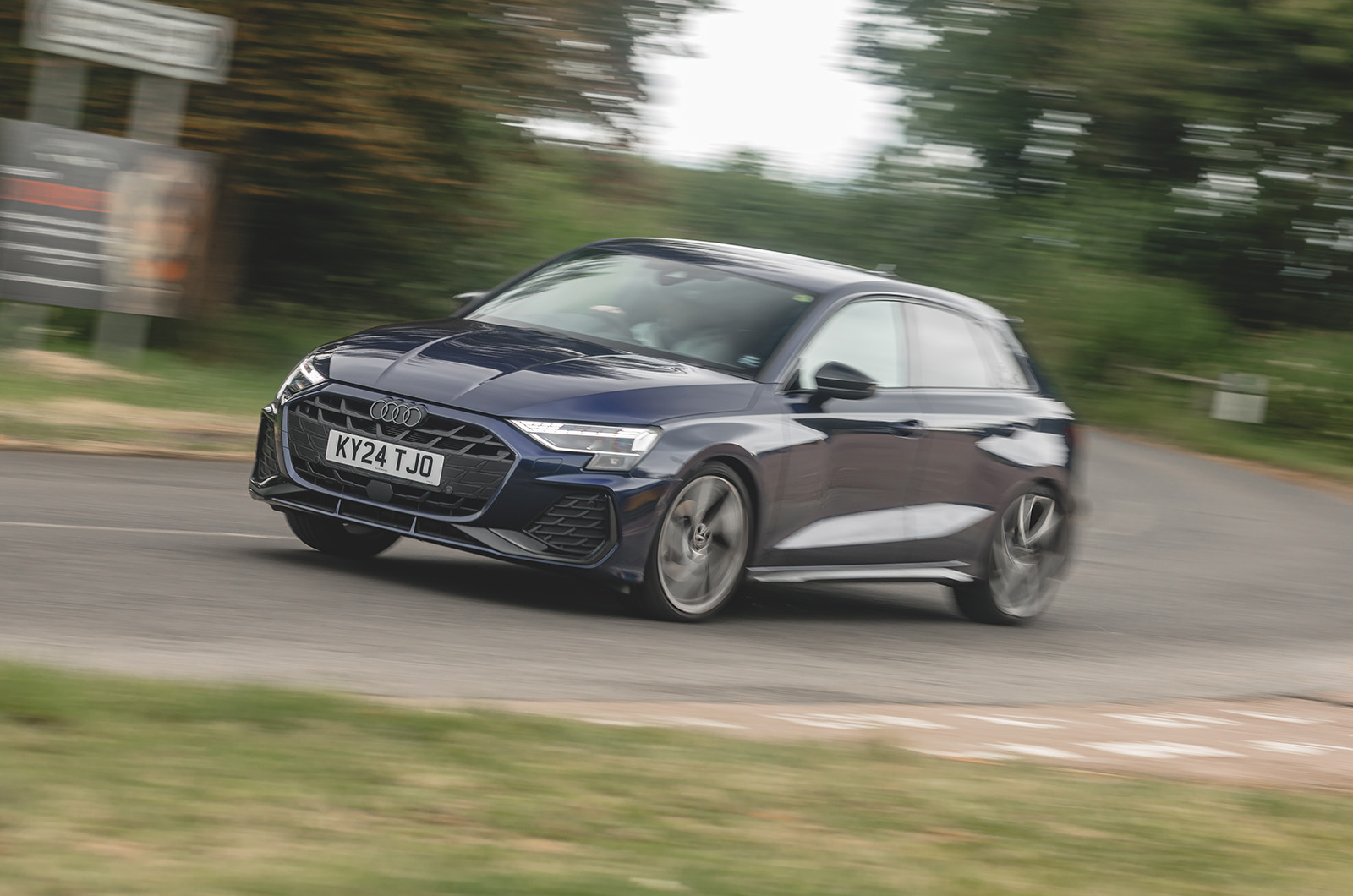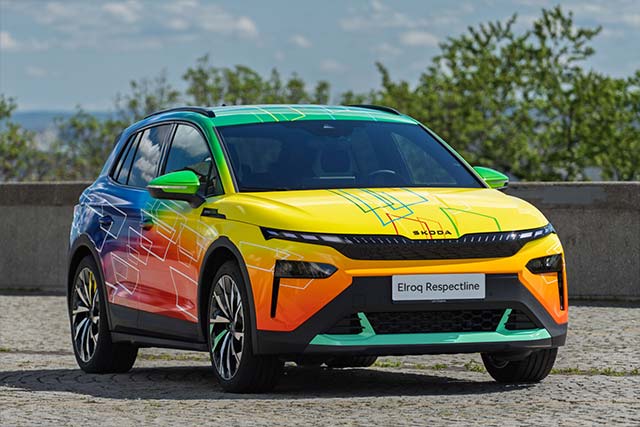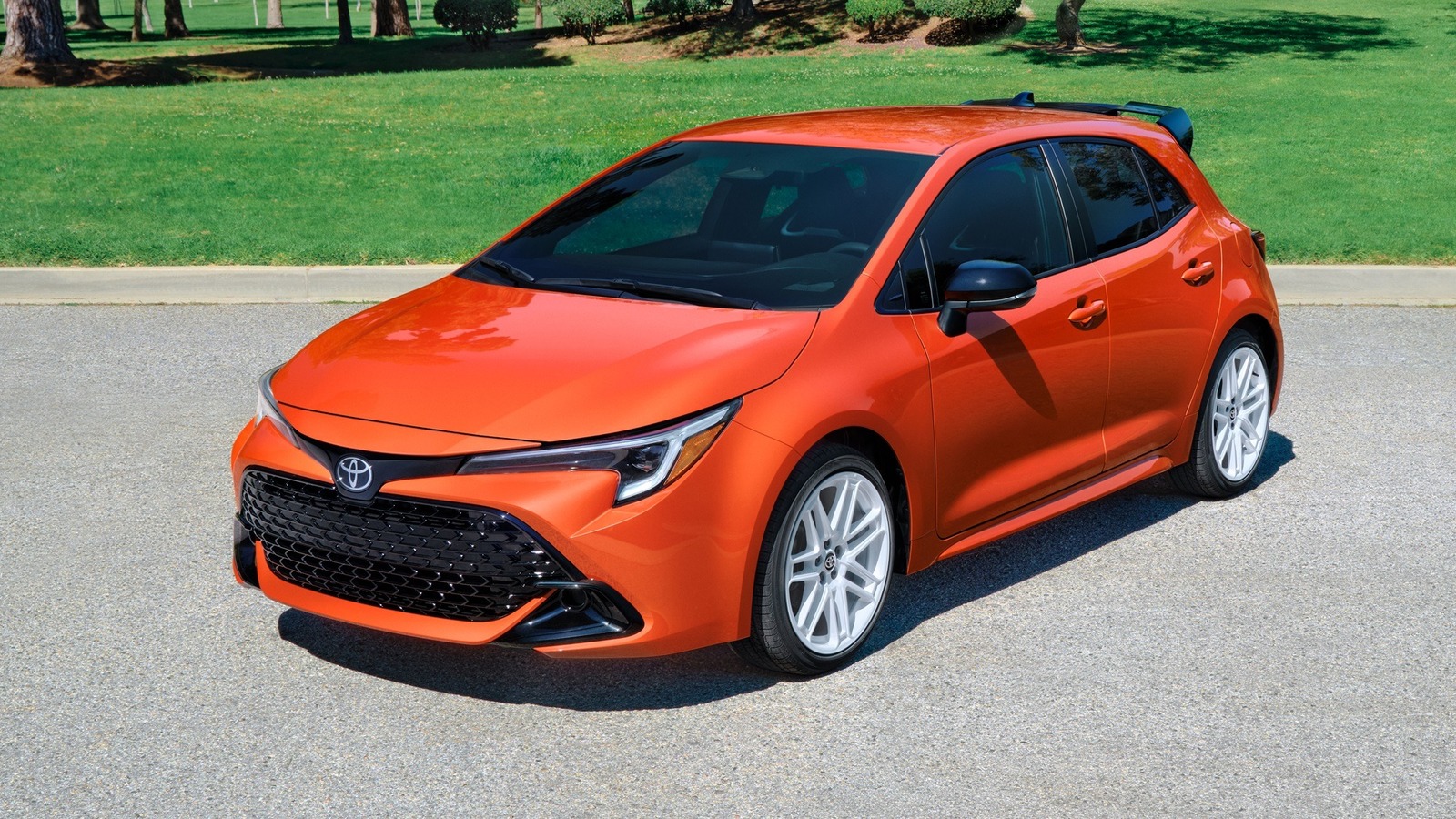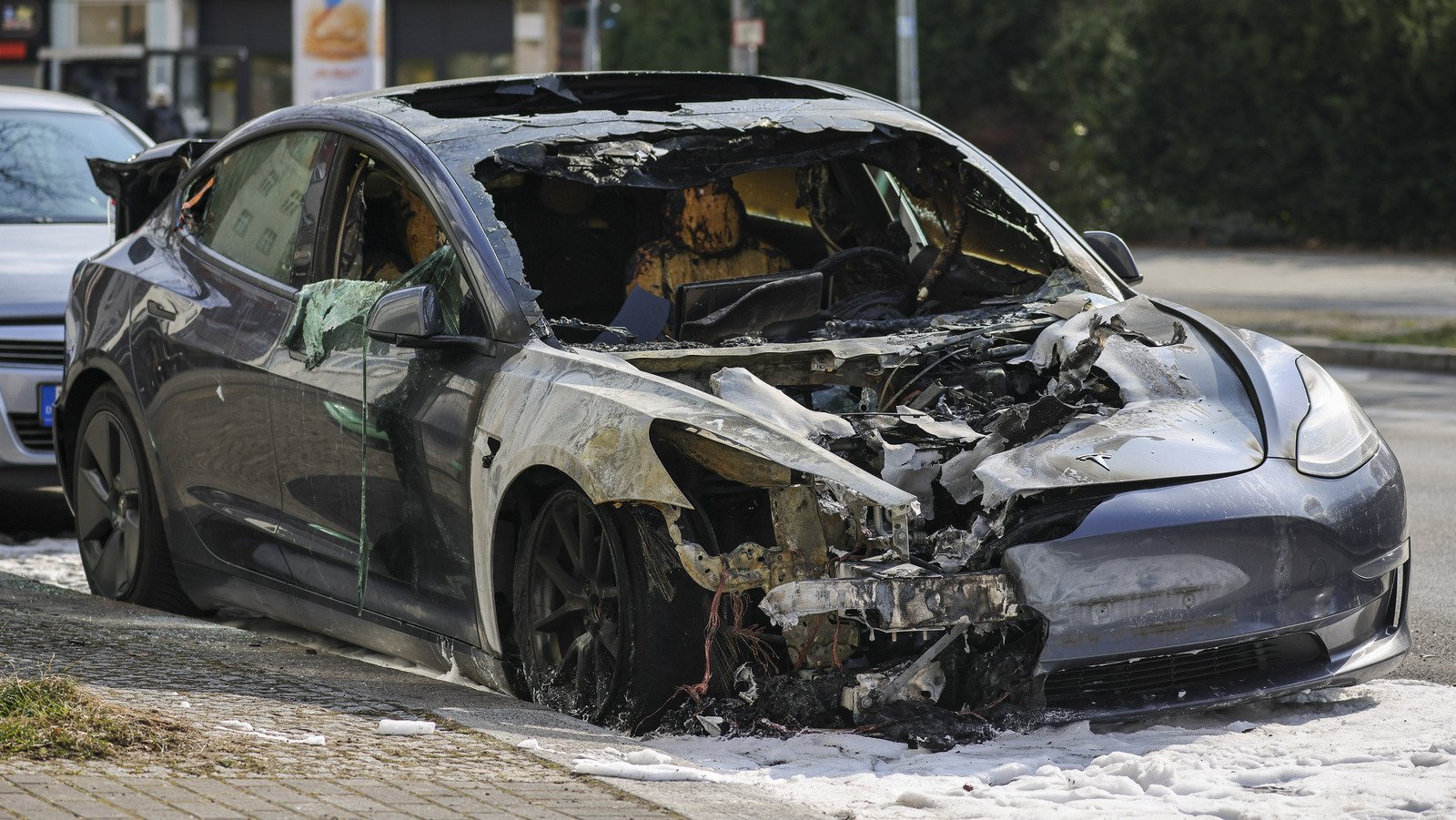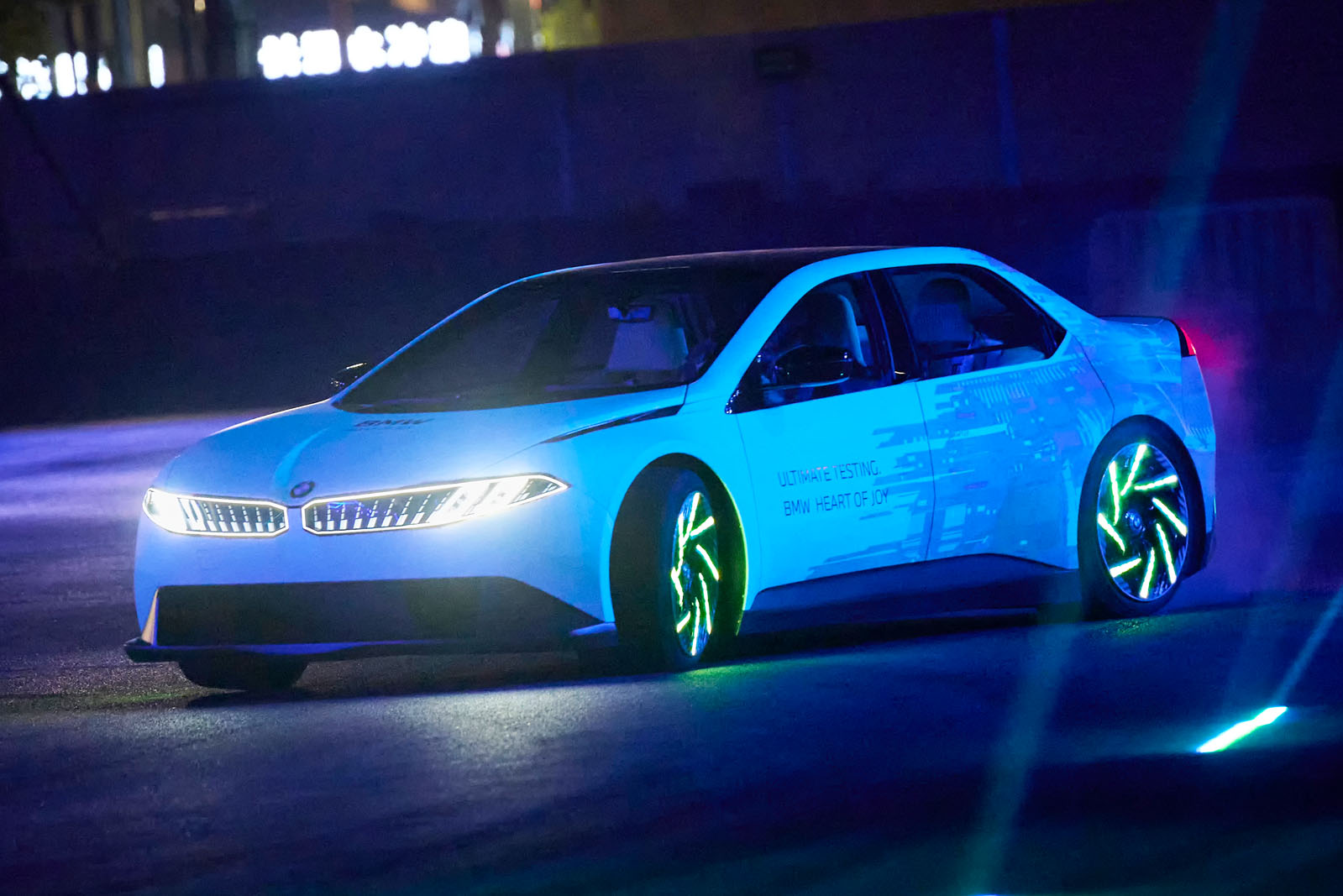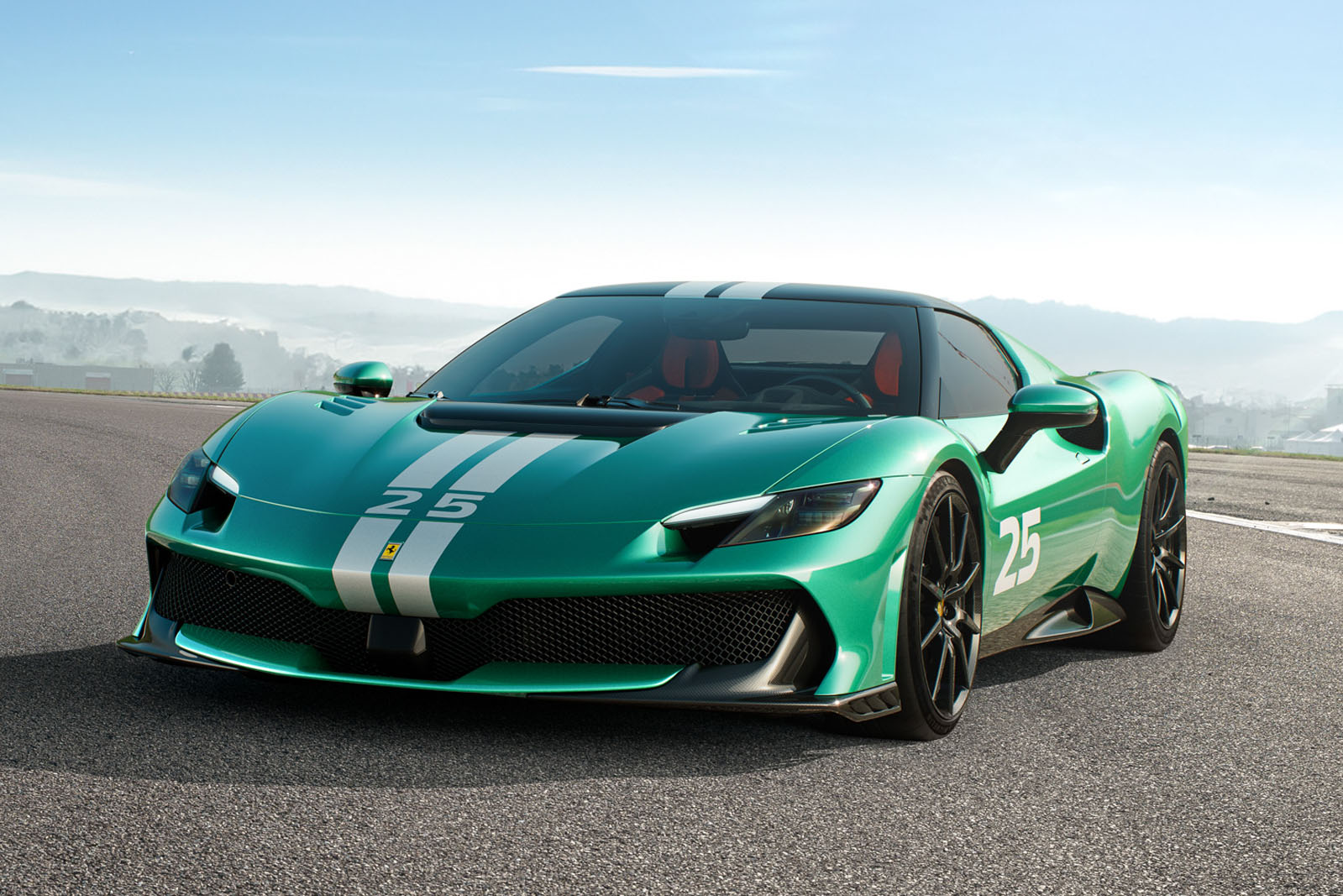Volkswagen ID Golf: full details on hatchback's high-tech rebirth
Benchmark family hatch to live on in ninth-generation form, with choice of ICE and EV powertrains The Volkswagen Golf is set to be radically reinvented as an advanced electric car when it enters its ninth generation, benefiting from bold new hardware and software technology The new model, due in 2028 or 2029, will be a key part of a wide-reaching overhaul of Volkswagen’s EV line-up that will kick off with the ID 2X later this year. The new model will start the brand’s pivot back towards more conventional and familiar styling. There have been electric variants of previous generations of the Golf, but the new version will be the first engineered purely as an electric car. While that marks a significant step for the Golf, it will retain familiar design cues from the model’s history and be offered with GTI and R performance variants. The new Golf will mark the point where Volkswagen’s long-running model names will effectively merge with its ID sub-brand, possibly resulting in the car being called the ID Golf. The model will also be the culmination of a major reworking of the marque’s electric range, spearheaded by boss Thomas Schäfer to make Volkswagen what he refers to as an emotional “love brand” once again. New entry-level models to kickstart brand revamp Before the ID Golf arrives, three new small EVs will be launched to kick-start Volkswagen’s new age. This will begin with the unveiling of the ID 2X compact SUV, which will be closely followed by the production version of the ID 2all hatch. Both those models will sit on the Volkswagen Group’s new MEB Entry platform, with the ID 2all positioned as a Renault 5 rival and priced from around £25,000. The ID 2all will be a similar size to the current Polo – it could yet take that name into production – and retain styling very similar to that of the concept version, with deliberate nods to classic Volkswagen models. The ID 2all will also spawn a GTI version, which has already been previewed by its own concept. It will bring the classic ‘everyday performance’ badge to an electric Volkswagen for the first time, replacing the GTX brand used by hot ID models to date. While the firm has yet to outline performance targets for the ID 2all GTI, tech chief Kai Grünitz has said the focus will be on developing a model that is fun to drive, rather than simply adding maximum power. Those two models will then be joined in 2027 by the production version of the ID Every1, a £17,000 city car that will in effect succeed the Up in Volkswagen’s line-up. Notably, that model will be the first VW to feature elements of an advanced new software architecture being developed in a joint venture with US EV start-up Rivian and which will be key to the development of all the brand’s European models in the future. ID Golf to get fresh but familiar styling The retro-infused designs of the ID 2all and ID Every1 concepts hint at what design chief Andreas Mindt has planned for the ID Golf – and for future VW models. While the next Golf won’t be an overtly retro design, it will build on traditional Golf design traits. That will be eased by a more regionalised product approach in future, allowing for the Golf to be focused more on European tastes where its heritage is valued. Mindt recently told Autocar he was already thinking what design elements would be key to the next ID Golf, but he said it would be designed “without doing retro”. He added: “We have to look forward and not backwards, but our values are important and we should play with our heritage. So many new brands coming to Europe don’t have this, so we need to use it.” Asked what elements would be important for the new model, Mindt said: “You have to stay true to the Golf. Golf is a brand of its own [within Volkswagen], and GTI is another brand within that. Within those brands there are various models you can play with. There’s a lot of nice content you can use for the future of Golf.” Notably, Mindt was part of the design team for the Mk7 Golf (pictured above), which is regarded as one of the finest in the nameplate’s long history. Mindt admitted that model was a “good starting point” for his work on the ID Golf, adding: “The Mk7 is kind of a masterpiece, because it resembles all the best elements from history, but it’s still a fresh design.” Mindt will also play a key role in the interior overhaul of the next Golf’s design, and he has vowed that all future Volkswagen models will feature physical buttons for key controls such as the infotainment volume and heating systems. That will represent a marked contrast from the Mk8 Golf, which was launched with controversial ‘slider’ controls and haptic steering wheel buttons. The ID Golf will, as before, be joined by several closely related sibling models from other Volkswagen Group brands, starting with the next-gen Skoda Octavia. New tech key to unlocking ID Golf's potential The ID Golf is set to arrive in 2028 or 2029. It will be one of the first models in the VW Group to use the new SSP e
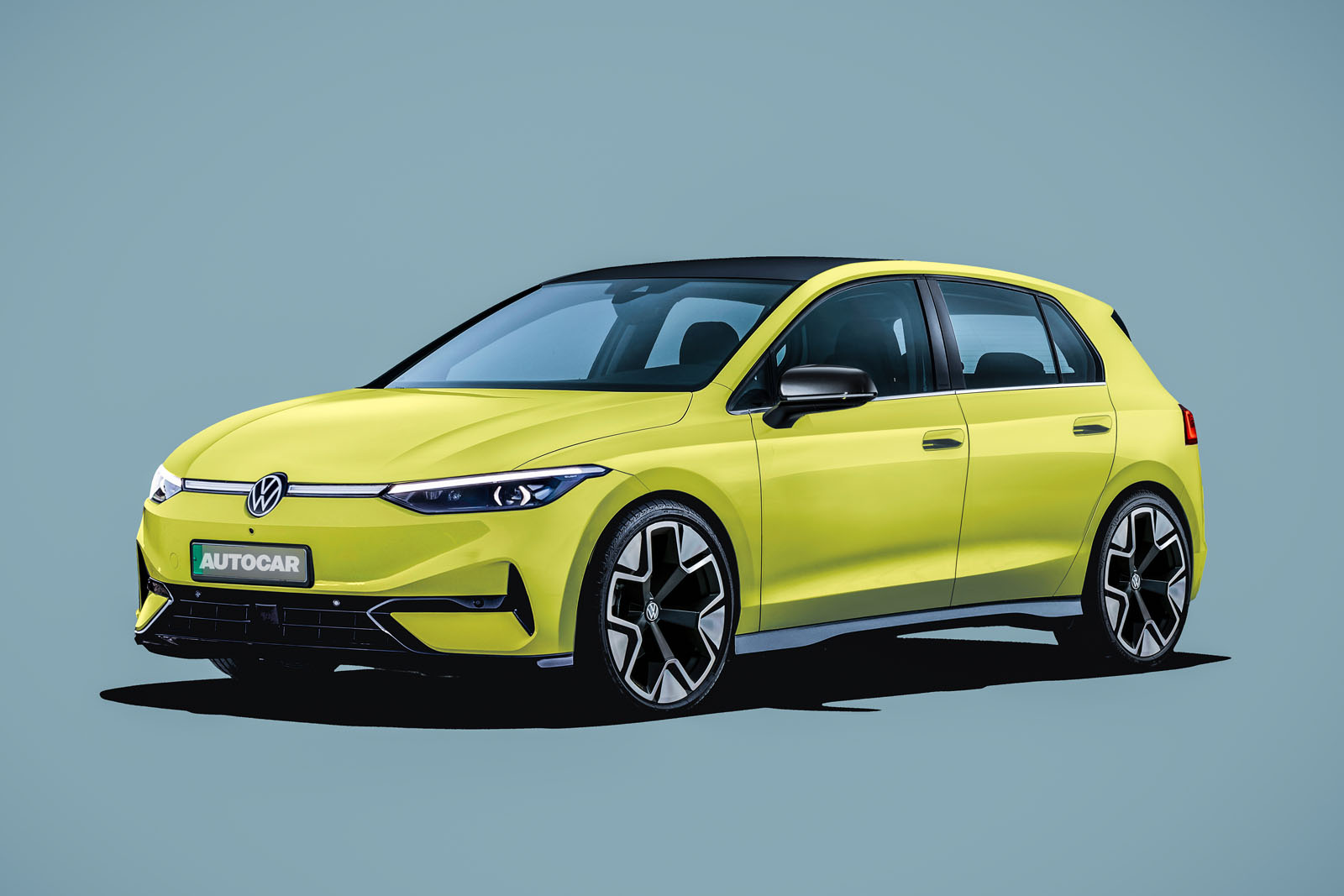
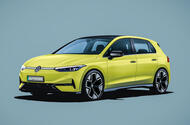 Benchmark family hatch to live on in ninth-generation form, with choice of ICE and EV powertrains
Benchmark family hatch to live on in ninth-generation form, with choice of ICE and EV powertrains
The Volkswagen Golf is set to be radically reinvented as an advanced electric car when it enters its ninth generation, benefiting from bold new hardware and software technology
The new model, due in 2028 or 2029, will be a key part of a wide-reaching overhaul of Volkswagen’s EV line-up that will kick off with the ID 2X later this year. The new model will start the brand’s pivot back towards more conventional and familiar styling.
There have been electric variants of previous generations of the Golf, but the new version will be the first engineered purely as an electric car. While that marks a significant step for the Golf, it will retain familiar design cues from the model’s history and be offered with GTI and R performance variants.
The new Golf will mark the point where Volkswagen’s long-running model names will effectively merge with its ID sub-brand, possibly resulting in the car being called the ID Golf.
The model will also be the culmination of a major reworking of the marque’s electric range, spearheaded by boss Thomas Schäfer to make Volkswagen what he refers to as an emotional “love brand” once again.
New entry-level models to kickstart brand revamp
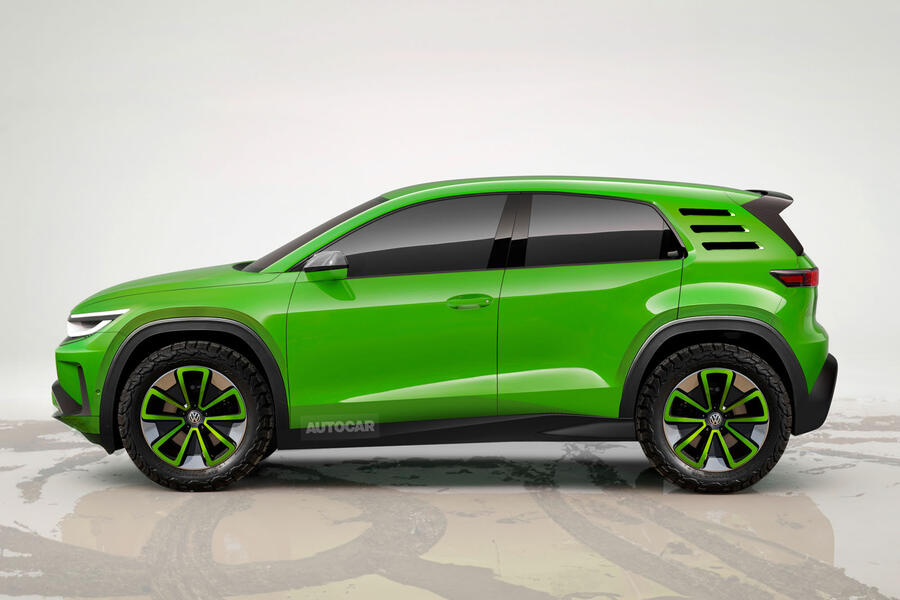
Before the ID Golf arrives, three new small EVs will be launched to kick-start Volkswagen’s new age. This will begin with the unveiling of the ID 2X compact SUV, which will be closely followed by the production version of the ID 2all hatch. Both those models will sit on the Volkswagen Group’s new MEB Entry platform, with the ID 2all positioned as a Renault 5 rival and priced from around £25,000.
The ID 2all will be a similar size to the current Polo – it could yet take that name into production – and retain styling very similar to that of the concept version, with deliberate nods to classic Volkswagen models.
The ID 2all will also spawn a GTI version, which has already been previewed by its own concept. It will bring the classic ‘everyday performance’ badge to an electric Volkswagen for the first time, replacing the GTX brand used by hot ID models to date.
While the firm has yet to outline performance targets for the ID 2all GTI, tech chief Kai Grünitz has said the focus will be on developing a model that is fun to drive, rather than simply adding maximum power.
Those two models will then be joined in 2027 by the production version of the ID Every1, a £17,000 city car that will in effect succeed the Up in Volkswagen’s line-up.
Notably, that model will be the first VW to feature elements of an advanced new software architecture being developed in a joint venture with US EV start-up Rivian and which will be key to the development of all the brand’s European models in the future.
ID Golf to get fresh but familiar styling
![]()
The retro-infused designs of the ID 2all and ID Every1 concepts hint at what design chief Andreas Mindt has planned for the ID Golf – and for future VW models. While the next Golf won’t be an overtly retro design, it will build on traditional Golf design traits. That will be eased by a more regionalised product approach in future, allowing for the Golf to be focused more on European tastes where its heritage is valued.
Mindt recently told Autocar he was already thinking what design elements would be key to the next ID Golf, but he said it would be designed “without doing retro”.
He added: “We have to look forward and not backwards, but our values are important and we should play with our heritage. So many new brands coming to Europe don’t have this, so we need to use it.”
Asked what elements would be important for the new model, Mindt said: “You have to stay true to the Golf. Golf is a brand of its own [within Volkswagen], and GTI is another brand within that. Within those brands there are various models you can play with. There’s a lot of nice content you can use for the future of Golf.”
Notably, Mindt was part of the design team for the Mk7 Golf (pictured above), which is regarded as one of the finest in the nameplate’s long history. Mindt admitted that model was a “good starting point” for his work on the ID Golf, adding: “The Mk7 is kind of a masterpiece, because it resembles all the best elements from history, but it’s still a fresh design.”
Mindt will also play a key role in the interior overhaul of the next Golf’s design, and he has vowed that all future Volkswagen models will feature physical buttons for key controls such as the infotainment volume and heating systems. That will represent a marked contrast from the Mk8 Golf, which was launched with controversial ‘slider’ controls and haptic steering wheel buttons.
The ID Golf will, as before, be joined by several closely related sibling models from other Volkswagen Group brands, starting with the next-gen Skoda Octavia.
New tech key to unlocking ID Golf's potential
The ID Golf is set to arrive in 2028 or 2029. It will be one of the first models in the VW Group to use the new SSP electric platform, which in effect fuses elements of the existing MEB mainstream and PPE premium platforms. It is designed to be ultra-flexible through a modular set-upthat allows it to be offered in a wide range of dimensions and with a wide variety of powertrain set-ups and battery sizes.
The SSP platform will also be built around the new Rivian-developed software architecture, which will control the bulk of the systems on the vehicle through a greatly reduced number of processors.
It’s that software set-up that will be key to unlocking the ID Golf’s potential: it is a zonal system that can be adapted based on how much technology each model needs, and it allows for much greater system integration. That means, for example, the ability to blend automatically the optimum mix of friction braking and regen when the driver presses the brake pedal.
It also allows for much greater control over the car’s hardware, including through over-the-air (OTA) updates. For example, Rivian used OTA updates to rework the air suspension of its R1T pick-up (below) to materially alter the vehicle’s ride and handling dynamic.
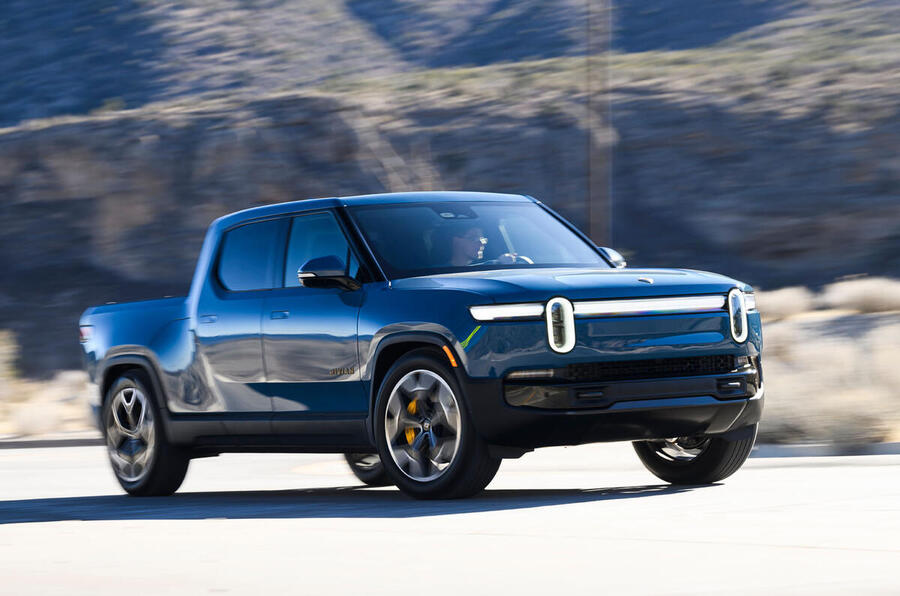
Speaking about the software platform recently, Grünitz said the real benefit was that it was “highly flexible and highly updateable”. He added: “With OTA updates I can introduce new functionality to our customers even after they bought the car, without them needing to bring it in for a service. That means it’s really the next step.”
That ability of the software to control the key hardware elements will be crucial to both GTI and R variants of the Golf and ensure they offer performance that will be recognisable to fans of the combustion-engined versions of those models
The GTI is likely to be offered with two-wheel drive to best replicate its established character, and it will doubtless use the software control of systems such as torque vectoring to put B-road handling to the fore. Meanwhile, the R is expected to get all-wheel drive – probably via a dual-motor set-up – but with more of a focus on handling than the previous dual-motor GTX models.
Existing ICE Golf to remain on sale
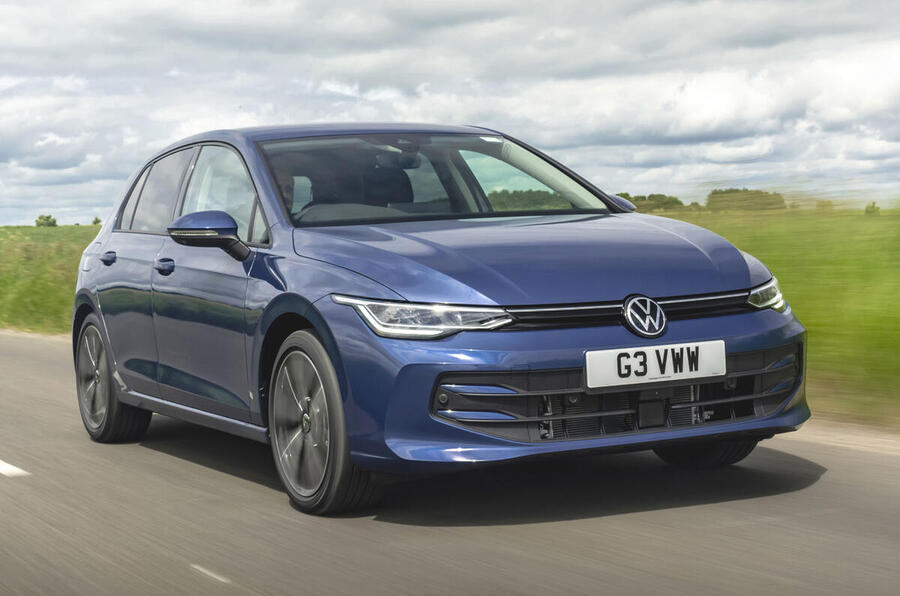
The ID Golf will be built at the firm’s main factory in Wolfsburg, Germany, where the Golf has been produced continuously since it was first launched in 1974. To accommodate that, production of the existing combustion-engined model will in 2027 be shifted to Volkswagen’s factory in Mexico, creating space for the production of the new ID Golf to ramp up the following year.
Notably, the current Mk8.5 Golf will be heavily updated and remain on sale alongside the ninth-generation EV. A similar move is being undertaken by Volkswagen Group sibling Porsche with the combustion-powered and electric Cayennes.
In Europe and the UK the ICE Golf will only be offered in plug-in hybrid form while demand and regulations allow – currently until 2035, when all new non-EVs will be banned from sale.
The shift to production in Mexico hints that, as with the Beetle before it, the model could remain on sale for longer in countries that are slower on EV uptake.
The ID Golf will also mark the starting point of another revamp of Volkswagen’s EV line-up. It is likely to be followed by an SUV that will serve to succeed the ID 4, and it could potentially continue the best-selling Tiguan model line.
The ID Golf will arrive around the time that the ID 3 would be due for replacement, but it is not expected to replace that model. Instead, there are hints that the bespoke EV could gain its own successor, albeit with some differentiation to ensure there is little crossover between the two models.










